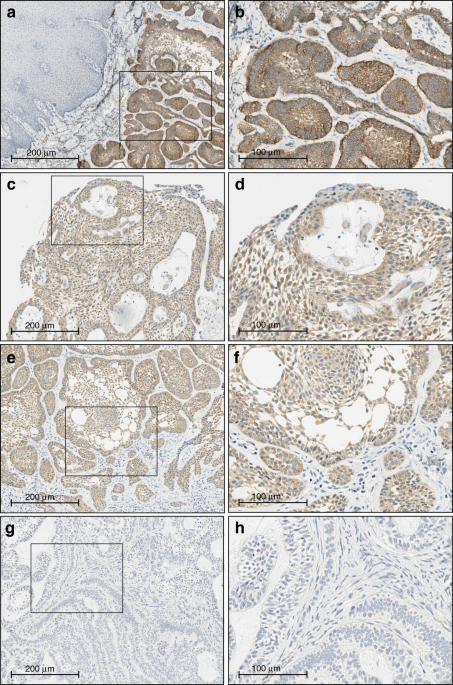Abstract
Background
Selumetinib was recently approved for treatment of inoperable symptomatic plexiform neurofibromas (PNs) in children with neurofibromatosis type 1 (NF1). This parallel phase II study determined the response rate to selumetinib in children with NF1 PN without clinically significant morbidity.
Methods
Children with NF1 and inoperable PNs, which were not yet causing clinically significant morbidity but had the potential to cause symptoms, received selumetinib at 25 mg/m
2 orally twice daily (1 cycle=28 days). Volumetric magnetic resonance imaging analysis and outcome assessments, including patient-reported (PRO), observer-reported, and functional outcome measures were performed every 4 cycles for 2 years, with changes assessed over time. A confirmed partial response (cPR) was defined as PN volume decrease of ≥20% on at least 2 consecutive scans ≥3 months apart.
Results
72% of subjects experie nced a cPR on selumetinib. Participants received selumetinib for a median of 41 cycles (min 2, max 67) at data cut-off. Approximately half of children rated having some target tumor pain at baseline, which significantly decreased by pre-cycle 13. Most objectively measured baseline functions including visual, motor, bowel/bladder or airway function were within normal limits and did not clinically or statistically worsen during treatment.
Conclusions
Selumetinib resulted in PN shrinkage in most subjects with NF1 PN without clinically significant morbidity. No new PN related symptoms developed while on selumetinib, and PRO measures indicated declines in tumor-related pain intensity. This supports that selumetinib treatment may prevent the development of PN related morbidities, though future prospective studies are needed to confirm these results. (ClinicalTrials.gov NCT01362803)








